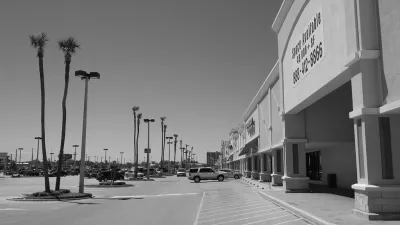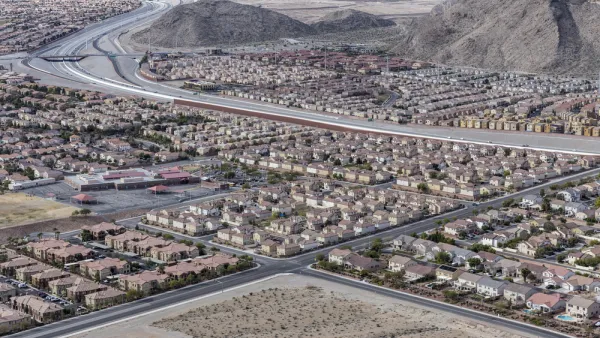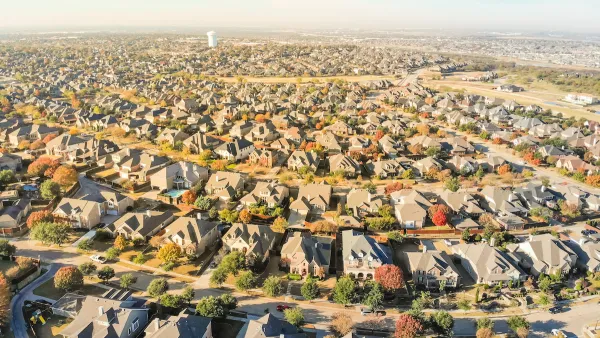David Moser pens a compelling essay that examines the ways in which sprawling auto-dependent land use patterns exacerbate poverty. As more low-income individuals and families are pushed to the suburbs, "this problem is gaining urgency."

"There are many reasons suburbs make the experience of poverty worse, but first among them is that automobiles are really expensive," argues Moser. "Purchasing, maintaining, repairing, insuring, and fueling a car can easily consume 50% or more of a limited income. For someone struggling to work themselves out of poverty, these expenses can wreck havoc on even the most diligent efforts to maintain a monthly budget."
"The lower one’s income, the greater is the proportional advantage of living in a walkable, 'car-optional' neighborhood. Those with limited financial resources can benefit from walkability the most. But due to the scarcity and cost of urban housing, low-income people are being driven away from walkable urbanism and into auto-dependent sub-urbanism."
Moser uses Seattle as a case study to demonstrate that the types of environments most able to support auto-free lifestyles also have the highest rents, whereas those neighborhoods with more affordable prices also have the lowest walkability scores.
The solution? Moser says "[t]he only way to slow this process is to build enough housing to meet the demand, preferably near transit." Efforts to limit development and preserve existing "neighborhood character" must be defeated, he asserts.
FULL STORY: Driven into Poverty: Walkable urbanism and the suburbanization of poverty

Analysis: Cybertruck Fatality Rate Far Exceeds That of Ford Pinto
The Tesla Cybertruck was recalled seven times last year.

National Parks Layoffs Will Cause Communities to Lose Billions
Thousands of essential park workers were laid off this week, just before the busy spring break season.

Retro-silient?: America’s First “Eco-burb,” The Woodlands Turns 50
A master-planned community north of Houston offers lessons on green infrastructure and resilient design, but falls short of its founder’s lofty affordability and walkability goals.

Test News Post 1
This is a summary

Analysis: Cybertruck Fatality Rate Far Exceeds That of Ford Pinto
The Tesla Cybertruck was recalled seven times last year.

Test News Headline 46
Test for the image on the front page.
Urban Design for Planners 1: Software Tools
This six-course series explores essential urban design concepts using open source software and equips planners with the tools they need to participate fully in the urban design process.
Planning for Universal Design
Learn the tools for implementing Universal Design in planning regulations.
EMC Planning Group, Inc.
Planetizen
Planetizen
Mpact (formerly Rail~Volution)
Great Falls Development Authority, Inc.
HUDs Office of Policy Development and Research
NYU Wagner Graduate School of Public Service




























